November Meal of the Month: Sticky Toffee Pudding with Vanilla Ice Cream
Paul Winchester • November 9, 2025
November Meal of the Month: Sticky Toffee Pudding with Vanilla Ice Cream
Nothing says November like a proper pudding – and few come close to this.
It’s cold. It’s damp. It’s foggy. So what do you do? You lean into it.
What’s in it:
• Sticky date sponge (light, not heavy)
• Hot toffee sauce made in-house
• A generous scoop of vanilla ice cream
• That hot/cold combo that’s basically unbeatable
On Every Day, All Month
Perfect after a Sunday roast. Just as good after a glass of red. Or on its own. We’re not judging.
The Tack Room, National Horse Racing Museum, Newmarket
Book a table – and yes, save room for pudding
Want to Make It at Home? Here’s How
This one’s easier than you think. The sponge is made with dates for depth, and the sauce only takes a few minutes. You’ll want to keep this one on repeat all winter.
Ingredients (Serves 6–8)
For the pudding:
• 200g pitted dates, chopped
• 250ml boiling water
• 1 tsp bicarbonate of soda
• 85g butter
• 175g light brown sugar
• 2 eggs
• 200g self-raising flour
• 1 tsp vanilla extract
For the sauce:
• 100g butter
• 100g light brown sugar
• 150ml double cream
• Pinch of sea salt
To serve:
• Vanilla ice cream – the good stuff
What to do:
1. Soak the dates
Pour boiling water over the chopped dates and stir in the bicarb. Leave to soften for 10 mins.
2. Make the batter
Cream the butter and sugar, beat in the eggs, fold in the flour. Stir in dates and vanilla. Done.
3. Bake it
Into a greased tin or dish. Oven at 180°C (160°C fan). Bake for 30–35 mins.
4. Make the sauce
Butter, sugar, cream, pinch of salt – simmer until smooth. Takes 2–3 mins, tops.
5. Serve it hot
Slice the sponge, pour over hot sauce, scoop on the ice cream. Watch it melt. Repeat as needed.
Or Just Come In and Order It
No mess, no prep, no washing up.
Just pudding. Done properly.
Available throughout November
The Tack Room, Newmarket
You know what to do.
It’s cold. It’s damp. It’s foggy. So what do you do? You lean into it.
This month at The Tack Room, we’re serving up the kind of dessert that makes you glad it’s miserable outside. Our Sticky Toffee Pudding with vanilla ice cream is rich, warm, and hits every note a good pudding should.
No gimmicks. No frills. Just a deeply sticky sponge, a buttery toffee sauce, and a big scoop of cold vanilla ice cream that melts into it. It’s everything you want from a classic dessert – and exactly what November calls for.
What’s in it:
• Sticky date sponge (light, not heavy)
• Hot toffee sauce made in-house
• A generous scoop of vanilla ice cream
• That hot/cold combo that’s basically unbeatable
On Every Day, All Month
Perfect after a Sunday roast. Just as good after a glass of red. Or on its own. We’re not judging.
The Tack Room, National Horse Racing Museum, Newmarket
Book a table – and yes, save room for pudding
Want to Make It at Home? Here’s How
This one’s easier than you think. The sponge is made with dates for depth, and the sauce only takes a few minutes. You’ll want to keep this one on repeat all winter.
Ingredients (Serves 6–8)
For the pudding:
• 200g pitted dates, chopped
• 250ml boiling water
• 1 tsp bicarbonate of soda
• 85g butter
• 175g light brown sugar
• 2 eggs
• 200g self-raising flour
• 1 tsp vanilla extract
For the sauce:
• 100g butter
• 100g light brown sugar
• 150ml double cream
• Pinch of sea salt
To serve:
• Vanilla ice cream – the good stuff
What to do:
1. Soak the dates
Pour boiling water over the chopped dates and stir in the bicarb. Leave to soften for 10 mins.
2. Make the batter
Cream the butter and sugar, beat in the eggs, fold in the flour. Stir in dates and vanilla. Done.
3. Bake it
Into a greased tin or dish. Oven at 180°C (160°C fan). Bake for 30–35 mins.
4. Make the sauce
Butter, sugar, cream, pinch of salt – simmer until smooth. Takes 2–3 mins, tops.
5. Serve it hot
Slice the sponge, pour over hot sauce, scoop on the ice cream. Watch it melt. Repeat as needed.
Or Just Come In and Order It
No mess, no prep, no washing up.
Just pudding. Done properly.
Available throughout November
The Tack Room, Newmarket
You know what to do.

From Pagan Fire Festivals to Bonfire Night Across Europe, communities once celebrated the shift from autumn to winter with great fires and gatherings. The Celts called it Samhain, a festival that marked the end of harvest and the beginning of the darker half of the year. Fires were lit to ward off evil spirits, protect the home and symbolise the return of light after darkness. As Christianity spread, many of these seasonal fire customs were absorbed into religious or civic events. By the early 1600s, when the Gunpowder Plot was uncovered, these ancient traditions of light, warmth and thanksgiving were already deeply rooted in British culture. So when news broke that a group of Catholic conspirators had tried to blow up Parliament and kill the king, it felt natural to mark the nation’s survival with bonfires. The Protestant state simply gave new political meaning to a much older ritual. The Gunpowder Plot – What Really Happened In 1605, a small group of Catholic men led by Robert Catesby conspired to destroy the Houses of Parliament and King James I and spark a Catholic uprising that could restore their faith’s influence in England. After years of persecution under Elizabeth I, Catholics had hoped the new king — James I, son of the Catholic Mary, Queen of Scots — would bring tolerance. But when he continued to enforce Protestant rule, their hopes turned to anger and, for a few, to treason. Catesby’s circle included: • Thomas and Robert Winter • Thomas Percy • John and Christopher Wright • and Guy Fawkes… Their plan was to strike on 5 November 1605 - at the State Opening of Parliament. But an anonymous letter warned a Catholic peer to stay away. A midnight search of Westminster uncovered the gunpowder — and Guy Fawkes himself, waiting in the cellars with fuses and matches. The conspirators were hunted down, tried, and executed. In the aftermath, Parliament declared an annual day of thanksgiving for the king’s survival — and so began the Bonfire Night that we know today! Were Any of the Plotters from Cambridgeshire or Newmarket? Though the conspirators often travelled between London, the Midlands and East Anglia, seeking support from Catholic sympathisers. Some of those sympathisers lived in the Fenlands and surrounding countryside. None of the Gunpowder Plotters were directly linked to Newmarket. Robert Catesby, the ringleader, was from Warwickshire, while Francis Tresham — a late recruit — had family estates near the Cambridgeshire border. So, while there’s no record that any of the plotters ever set foot in Newmarket, the region, like the rest of the country, felt the echoes of their failed rebellion to this day. King James I and His Connection to Newmarket Although the plotters never came near Newmarket, King James I certainly did — and he would go on to transform the town’s fortunes. A keen hunter, James discovered the wide heathland around Newmarket soon after ascending the throne in 1603. By 1605 — the very year of the Gunpowder Plot — he had already begun turning the area into a royal retreat, buying land and building a hunting lodge that later evolved into the Royal Palace of Newmarket. His visits put the small village firmly on the royal map. Under James, Newmarket began to attract the court, and his love of the chase laid the foundations for what would become Britain’s horseracing capital. So while Guy Fawkes was being captured beneath Parliament, King James was already riding across Newmarket Heath — unknowingly shaping a town that would become a cornerstone of British sport and royal tradition. From Gunpowder to Fireworks – Remember, Remember… Bonfire Night today is a bright, joyful celebration that unites communities across Britain. In and around Newmarket, local firework displays light up the skies, echoing centuries of history — from ancient fire rituals to a foiled plot and a king who once rode these same fields. As you wrap up warm and look to the skies this weekend, spare a thought for the stories behind the sparks: rebellion, superstition, survival… and a little bit of royal horseplay. Enjoy the fireworks — but remember… don’t scare the horses!
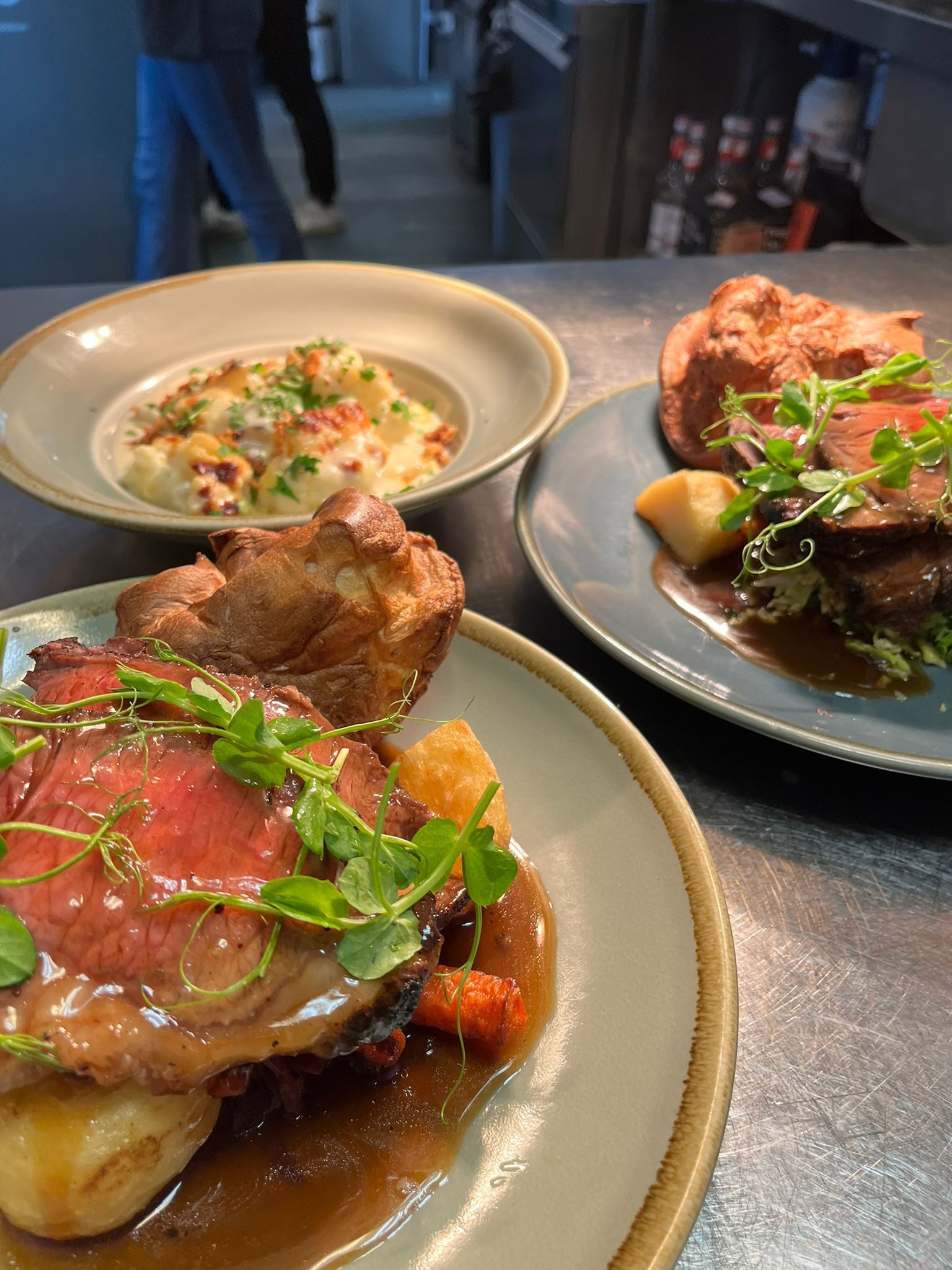
There’s a chill in the air, fog on the high street and that unmistakable feeling that autumn has truly settled in. It’s coat-on, scarf-up weather—and that calls for proper comfort food. This October, our Meal of the Month at The Tack Room Newmarket is the ultimate cold-weather classic: Roast Chicken with All the Trimmings– simple, hearty and deeply satisfying. Served every Sunday, it’s a plate built for grey days and brisk afternoons. Whether you’re coming in from a morning at the races or just looking for a roast that actually hits the spot - this is the one.
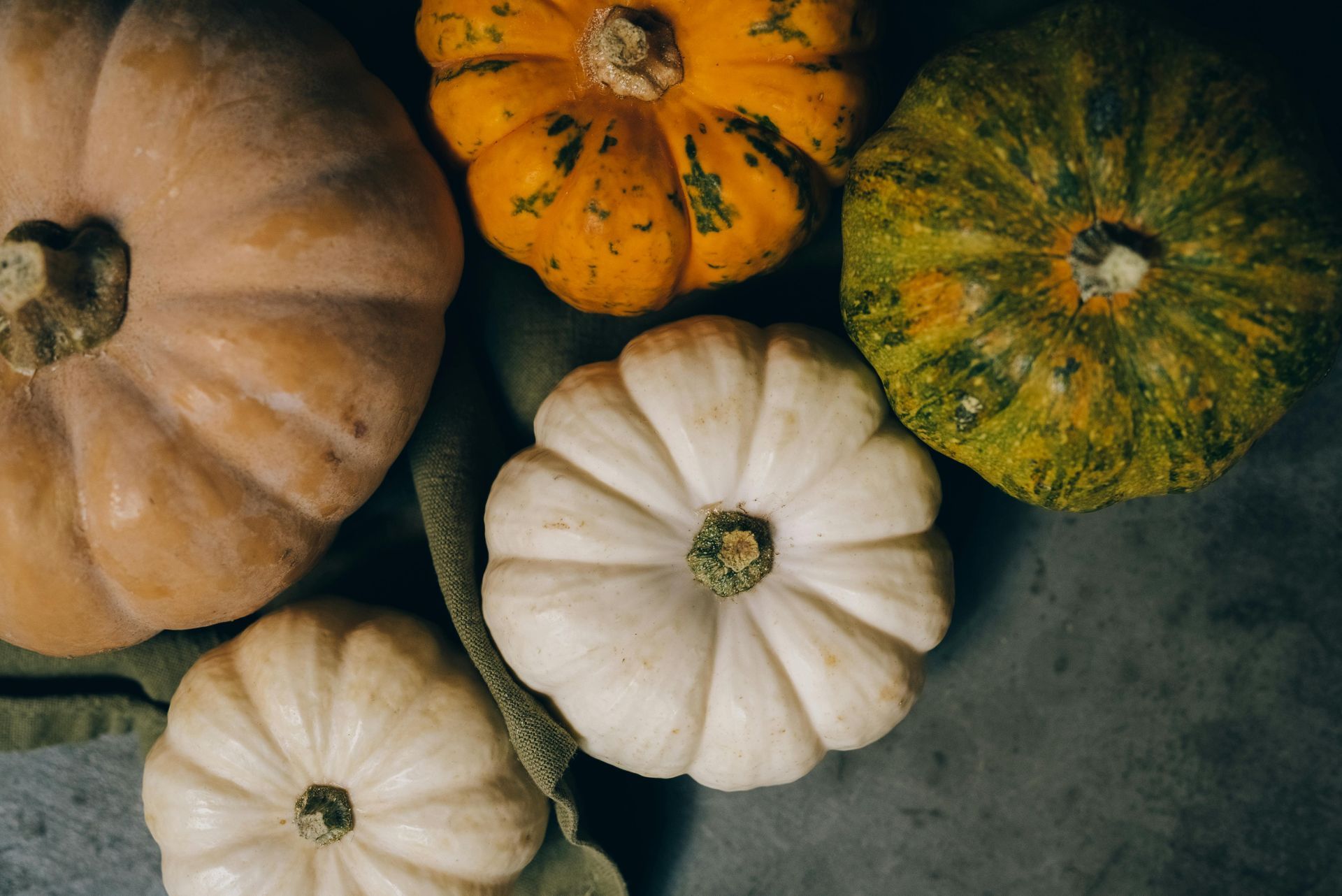
The Origins of Halloween: From Samhain to All Hallows’ Eve Halloween as we know it today traces its origins back over 2,000 years to the ancient Celtic festival of Samhain (pronounced Sow-in) which marked the end of the harvest season and the beginning of winter - the “darker half” of the year. The Celts believed that on the night of 31st October the veil between the living and the dead grew thin, allowing spirits to cross over into the world of the living. To protect themselves, people would light bonfires, wear disguises to confuse wandering spirits and leave offerings of food. These customs eventually blended with Christian traditions, giving rise to All Saints’ Day (or All Hallows') on 1st November — making the night before “All Hallows’ Eve”... or what we now call Halloween. Hauntings Close to Home: Newmarket’s Eerie Echoes While Newmarket is best known for its rich racing heritage, it holds a few spectral secrets of its own — whispered down stable yards, echoed across misty gallops and flickering behind old windows after dark. The Ghost of Fred Archer Perhaps the most famous of these is that of Fred Archer, one of the greatest jockeys of the 19th century and a Newmarket legend. Brilliant on the track but haunted by personal tragedy, Archer died tragically young and ever since, tales of his ghostly figure riding across Warren Hill or pacing the stables at night have persisted. Visitors and locals alike report eerie sightings of a shadowy jockey atop a grey horse, vanishing into the early morning mist. Some say Archer never truly left the turf he loved.

The exhibition featured a selection of Cooper’s dynamic paintings and limited edition prints, each capturing the elegance, energy, and movement of the racing world. Guests were delighted by the artist’s ability to convey both the power and spirit of the horse, bringing the sport to life on canvas. Set within the historic Rothschild Yard, the Tack Room offered a perfect backdrop for the event, combining racing heritage with a welcoming environment for art and culture. Visitors also enjoyed The Tack Room’s locally sourced food and drinks, making for a memorable day of visual and culinary delight. David ‘Mouse’ Cooper said: “It was a real pleasure to bring my work to Newmarket, the heart of British racing. The Tack Room provided the perfect setting to share these pieces with such a passionate audience.” The event further cemented The Tack Room’s reputation as a cultural hub, seamlessly blending the worlds of art, heritage, and hospitality in Newmarket. About David ‘Mouse’ Cooper Mouse Cooper is renowned for his equestrian art, celebrated for bold brushwork and the ability to capture the drama and movement of horse racing. His works feature in galleries and private collections across the UK and internationally. About The Tack Room, National Horseracing Museum The Tack Room is the restaurant and event space within the National Horseracing Museum. It offers a unique venue for exhibitions, dining, and cultural events in the heart of Newmarket.
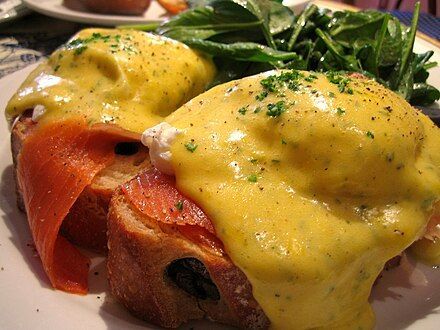
Eggs Royale: A classic with a Tack Room twist If you are anything like me, then breakfast isn't just the first meal of the day – it's the best meal of the day! And what better way to celebrate it this September than with our Meal of the Month: Eggs Royale on sourdough – the perfect brunch or leisurely lunch to ease into the new season. Think toasted sourdough topped with silky smoked salmon, perfectly poached eggs, and a generous drizzle of rich hollandaise sauce. It’s creamy, savoury, and just the right amount of decadent – a dish fit for any occasion, whether you’re kicking off your weekend in style or treating yourself midweek. What’s on the plate: Crispy toasted sourdough Smoked salmon Softly poached free-range eggs Velvety hollandaise sauce Best enjoyed with a freshly brewed coffee, or – if you’re feeling indulgent – a glass of bubbles to toast the change in season. Want to try it at home? Here’s how we do it: Ingredients (serves 2): 2 slices of sourdough bread - Sourdough – Stir Bakery, Cambridgeshire 100g smoked salmon - Salmon from Chapel & Swan in Exning 4 fresh free-range eggs - Organic Eggs 2 egg yolks (for the sauce) 100g unsalted butter 1 tsp lemon juice ½ tsp Dijon mustard (optional) Salt & pepper to taste Method: Toast & prep: Lightly toast the sourdough slices and set aside. Poach the eggs: Bring a pan of water to a gentle simmer with a splash of vinegar. Crack in the eggs one at a time and poach for 3–4 minutes until the whites are set but the yolks are runny. Make the hollandaise: Melt the butter. In a heatproof bowl over simmering water, whisk the egg yolks with lemon juice (and Dijon, if using). Slowly drizzle in the melted butter while whisking continuously until the sauce thickens. Season to taste. Assemble: Layer smoked salmon on the toasted sourdough, top with poached eggs, and spoon over the hollandaise. Finish: Add a twist of black pepper, maybe a sprinkle of chives, and enjoy immediately. Lastly - take a bite, sit back, look at the sky and contemplate how good life really is.
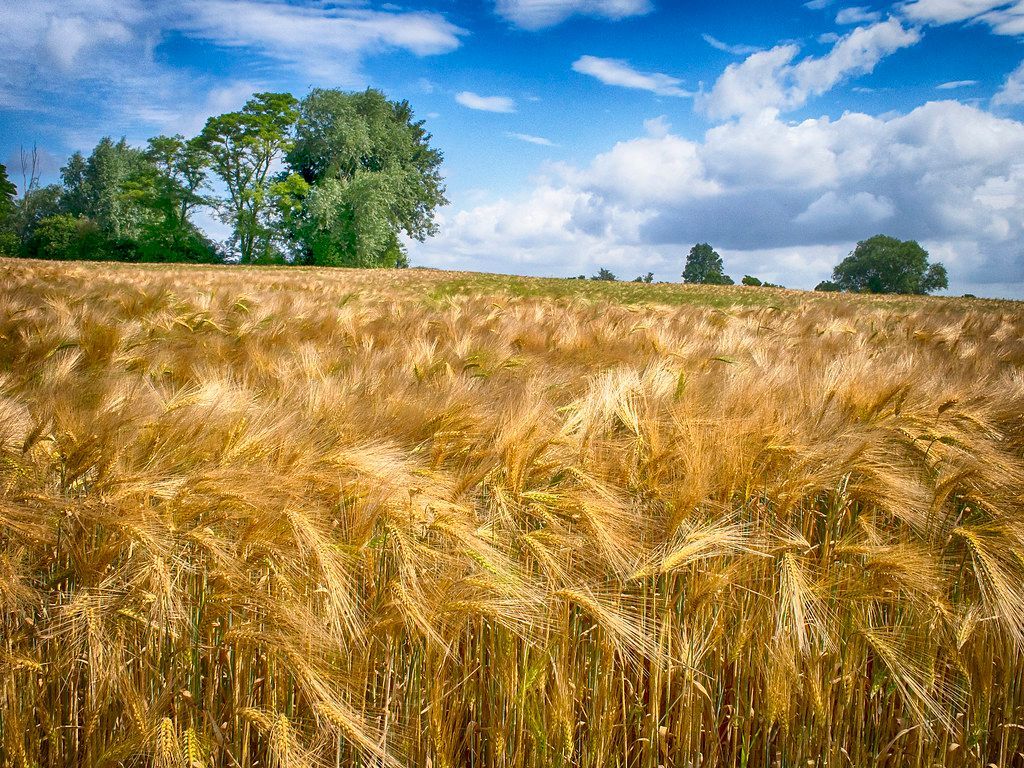
The Harvest Month Traditionally, September was the time when communities came together to celebrate the harvest. Fields were cleared, crops gathered, and larders filled ahead of the colder months. Villages marked the occasion with music, fairs, and shared meals – the origins of what we now call the Harvest Festival. Here in Suffolk, that spirit of harvest is still alive. Food, after all, is the most joyful way to mark the turn of the season – and there’s nothing like a long table, good company, and dishes that celebrate the best of what’s grown, raised, and made nearby. Michaelmas and New Beginnings At the end of the month, 29th September brings Michaelmas, once one of the most important dates in the English calendar. Known as a “quarter day,” it marked the end of the harvest and the start of a new cycle in farming, finance, and education. Traditionally, it was also a time for goose feasts (yes, goose on the table was considered lucky). Michaelmas was often spoken of as a time of change – moving forward, renewing, and starting fresh. That idea feels just as true today: September still has that “back to school” energy, where routines reset and plans take shape for the months ahead. A September Blood Moon Adding to this year’s drama, we were treated to a Blood Moon on Sunday – a rare lunar eclipse that cast the moon in a glowing red. For centuries, such moons have been surrounded by stories: omens of change, signals of renewal, and moments to pause and take stock. Whether you see it as science or symbolism, there’s something magical about looking up at a September sky and feeling part of something bigger. It’s a reminder – just like the harvest, just like Michaelmas – that we’re always in cycles of endings and beginnings. September at The Tack Room Here at The Tack Room, we like to think September is best enjoyed slowly. Long autumn lunches, a glass of something rich as the evenings draw in, and seasonal dishes that bring together the best of local produce. It’s a month to celebrate both tradition and transition – with food at the heart of it all. So here’s to harvests, new beginnings, and a little lunar magic. September has arrived – and we’ll raise a glass to that.
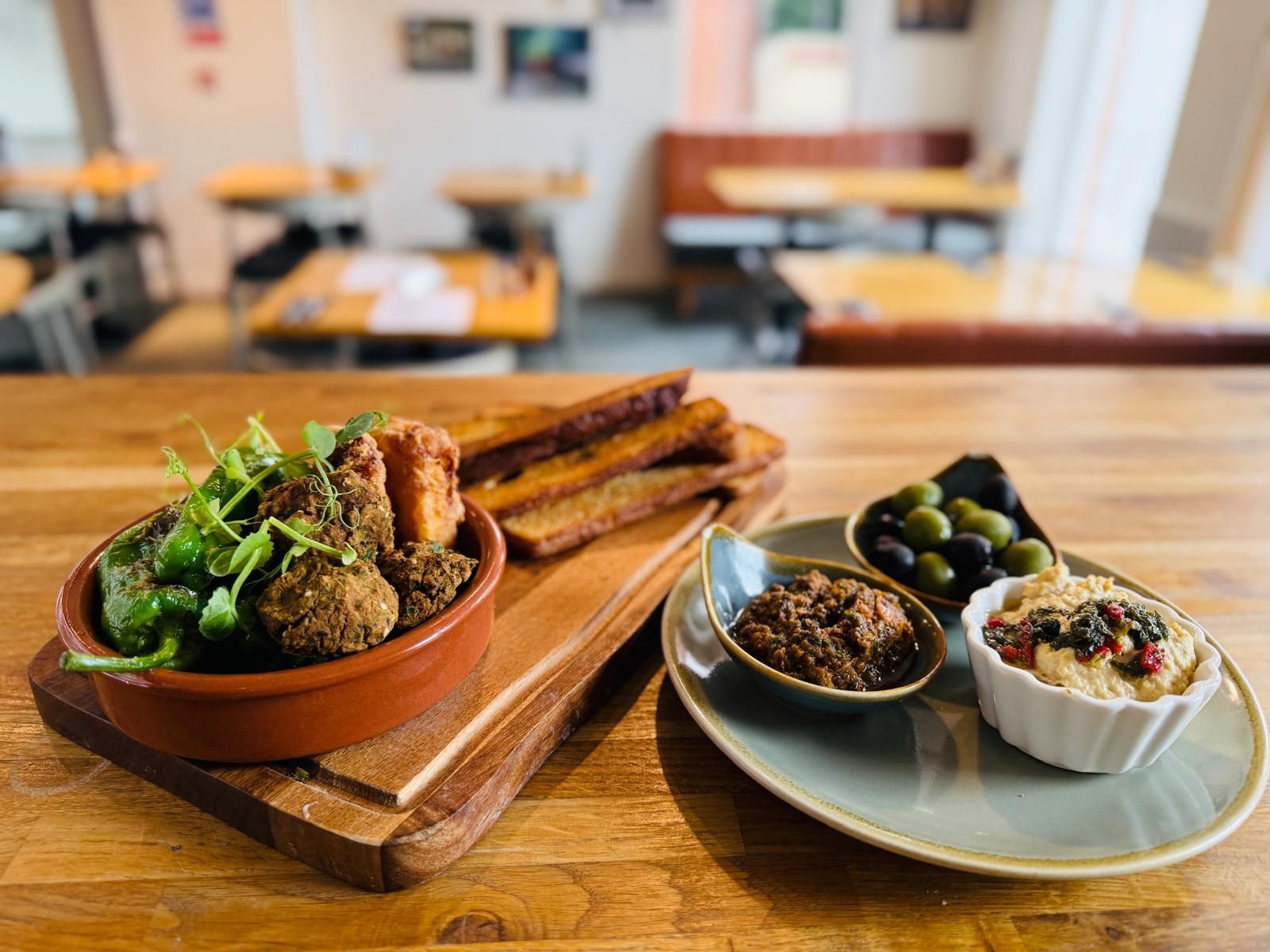
Mediterranean flavours made for long afternoons August is all about taking it easy and enjoying the time with friends, family, and great food. That’s why this month’s Meal of the Month is our Mediterranean Sharing Board – a vibrant mix of flavours designed for grazing, chatting, and ordering “just one more bottle” on a warm evening. Imagine yourself sitting in the courtyard of The Tack Room at the National Horse Racing Museum, warm bread torn apart at the table, silky hummus for dipping, smoky tomato tapenade, crispy golden falafel, salty halloumi fresh off the grill, and blistered padrón peppers with just the right kick of heat. All served with balsamic vinegar and oil for that perfect finishing touch. What’s on the board: • Artisan breads • Hummus • Crispy falafel • Smoked tomato tapenade • Grilled halloumi • Padrón peppers • Balsamic vinegar & oil It’s colourful, fresh, and made for sharing – whether you’re stopping by for a late lunch, gathering with friends over wine, or starting your evening the Mediterranean way. And if you’re here earlier in the day, you might want to try it with one of our amazing chai lattes or iced teas – the perfect refreshment to match those summer vibes. Available all this month at The Tack Room – come hungry and bring company.

Did you know that the month of July is named after Julius Caesar? Originally the fifth month of the Roman calendar (called Quintilis), it was renamed in honour of Caesar in 44 BC. Why? Because it was the month of his birth – and the Roman Senate wanted to mark his legacy with something more enduring than a statue. Since then, July has always carried connotations of power, leadership, and a touch of grandeur. Fast forward a few centuries and you’ll find another famous leader – King Charles II – very much embracing the spirit of July in a rather different setting: Newmarket. Often referred to as “the father of English horse racing,” Charles II made Newmarket his summer retreat, especially during the warmer months when London stifled under heat and politics. In fact, it was in July of 1671 that Charles rode in the Newmarket Town Plate—a race which still exists today. Uniquely, he wasn’t just a spectator; he raced, won, and set the rules himself (some of which are still quoted in the modern version of the race). For Charles, Newmarket in July was a place of sport, escape, and celebration – themes which remain alive and well today. From Royal Races to Modern-Day Brunches At The Tack Room, set within the National Horseracing Museum – part of Charles II’s original racing palace – we like to think the spirit of July still lingers. Whether you're here for the buzz of the July Festival, a quiet summer brunch in our courtyard, or a chilled glass of something sparkling before Ladies Day, you’re experiencing a corner of Newmarket’s royal history. As the town fills with racegoers, sunshine, and spectacle, The Tack Room becomes a perfect pause in the pace. Our seasonal menu, locally sourced ingredients, and air of relaxed sophistication make it the ideal spot for everything from alfresco brunches to post-race conversations. So this July, while the horses thunder by and the crowds turn out in their finery, remember: you're not just enjoying summer – you’re stepping into a tradition that began with emperors, kings, and champions.
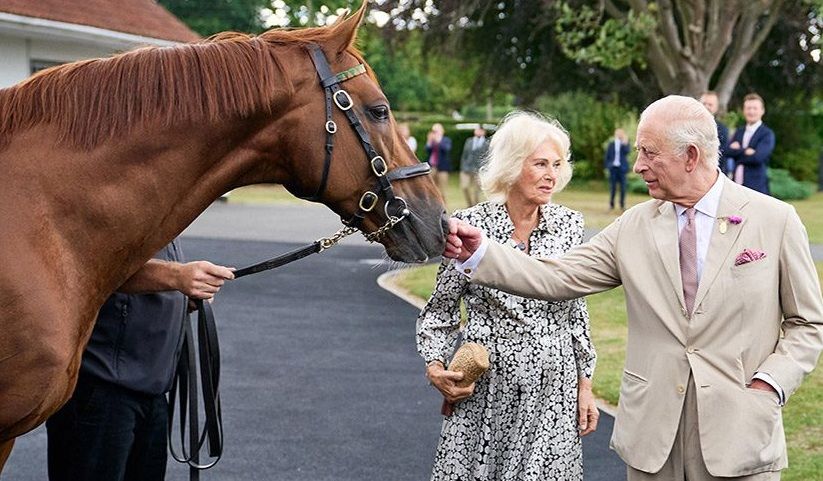
July has always been a month of celebration in Newmarket, but this year it was elevated to truly royal status. The town welcomed Their Majesties King Charles III and Queen Camilla—modern torchbearers of a centuries-old relationship between Newmarket and the Crown. Their visit served as both a celebration of the present and a powerful nod to a remarkable past. A Royal Visit in a Royal Month On 22nd July, the King and Queen visited The National Stud and the Jockey Club—two institutions at the very heart of Newmarket’s identity. They watched a parade of champion stallions, including the much-loved Stradivarius, visited the Jockey Club Rooms, and paid tribute to Queen Elizabeth II with a poignant moment in front of her portrait. They also launched the Jockey Club’s new Patrons Scholarship—an initiative designed to open doors to a more inclusive future in racing. Their visit coincided beautifully with the birthday of Prince George and came during a month long associated with royal celebration—from historic coronations and royal racing fixtures to modern-day community events. But the tradition goes much deeper. The First Royal Racing Enthusiast: Charles II Newmarket’s place in royal history was cemented by none other than King Charles II, who is often referred to as the father of English horseracing. In the 1660s, he made Newmarket his personal retreat from the pressures of court life, building a palace here and establishing the town as the centre of British racing. Charles II didn’t just visit—he raced his own horses, walked the heath, and helped formalise rules of the sport that still exist today. He loved Newmarket so much that he ensured the racing calendar was structured around it. His legacy lives on in the very soil of the gallops and in the rhythm of town life. That deep and lasting royal connection makes every royal visit feel more like a homecoming than a formal appearance. A Legacy That Lives On From Charles II’s palace to Queen Elizabeth II’s passionate patronage of the turf, to King Charles III and Queen Camilla’s warm, inclusive visit this July—the royal family and Newmarket have shared a story of tradition, admiration, and enduring affection. Their Majesties’ time here this summer wasn't just ceremonial—it was a statement of continuity and care. From racing heritage to community support, they reminded us why Newmarket holds a unique place in the heart of the nation. Newmarket in All Its Glory Here at The Tack Room, nestled in the heart of Newmarket’s historic stable block, we feel proud to be part of that living heritage. Surrounded by reminders of the town’s royal past—from the nearby National Horseracing Museum to the gallops just a short stroll away—this July has reminded us that we’re part of something truly special. Newmarket has always been a royal town. But this July, it felt more royal than ever.
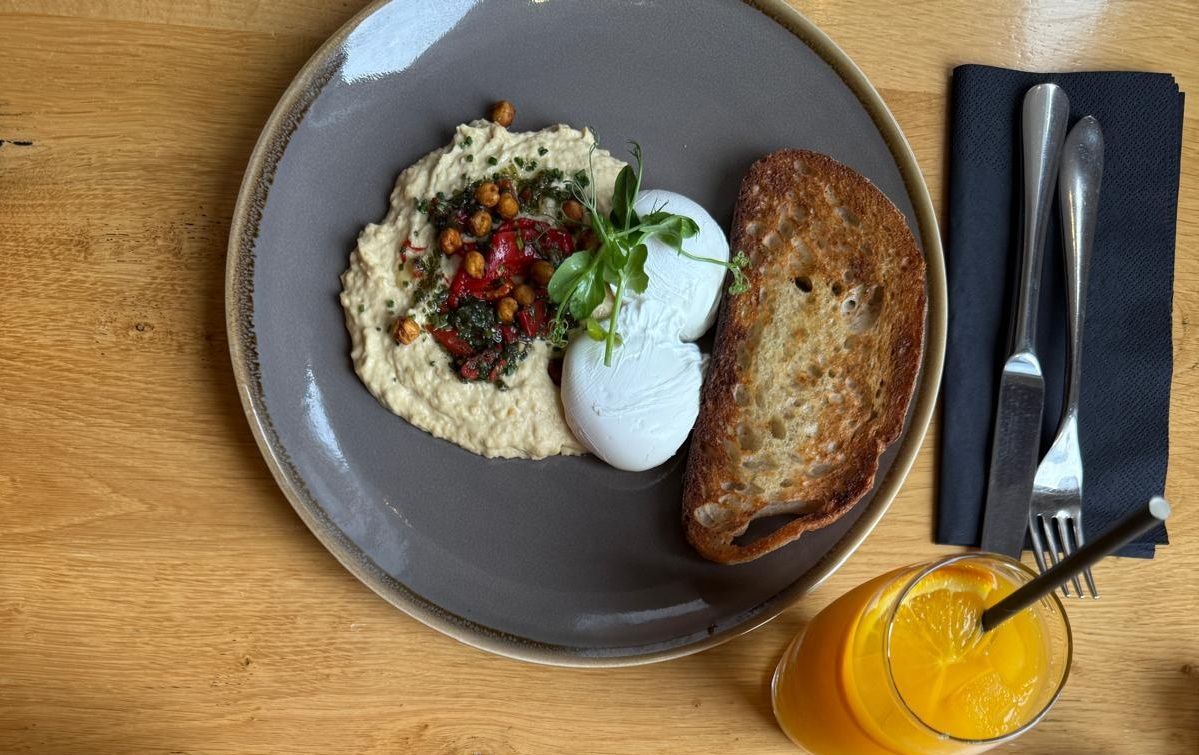
With the sun finally showing its face and mornings feeling that little bit more Mediterranean, we’ve chosen something warming, spiced, and slightly indulgent for July’s Meal of the Month: Turkish-style eggs – perfect for a leisurely breakfast or brunch in our courtyard. Think creamy Greek yoghurt swirled with garlic, topped with gently poached eggs, and finished with a drizzle of hot chilli butter and fresh herbs. Scoop it all up with hunks of sourdough, and if it’s not too early... well, a crisp glass of Prosecco or an early cocktail wouldn’t go amiss. (We won’t tell.) Here’s how we make ours: Ingredients: 2 fresh eggs 150g Greek yoghurt 1 small garlic clove, finely grated ½ tsp sea salt 25g butter ½ tsp Aleppo pepper or chilli flakes A small handful of chopped fresh dill or parsley Sourdough toast or flatbread, to serve Method: Mix the yoghurt, garlic and salt, and spoon into a shallow bowl. Let it come to room temperature while you poach the eggs. Bring a pan of water to a gentle simmer with a splash of vinegar. Crack in the eggs and poach for around 3 minutes, until the whites are set but yolks still runny. Meanwhile, melt the butter in a small pan, add the chilli flakes, and sizzle for 30 seconds. Lift out the eggs, drain, and place on top of the yoghurt. Drizzle over the hot chilli butter and sprinkle with herbs. Serve immediately with toast, flatbread – and, optionally, a chilled glass of bubbles. It’s creamy, spicy, rich, and somehow still feels light – a proper summer treat. Available all this month at The Tack Room. The body content of your p ost goes here. To edit this text, click on it and delete this default text and start typing your own or paste your own from a different source.
